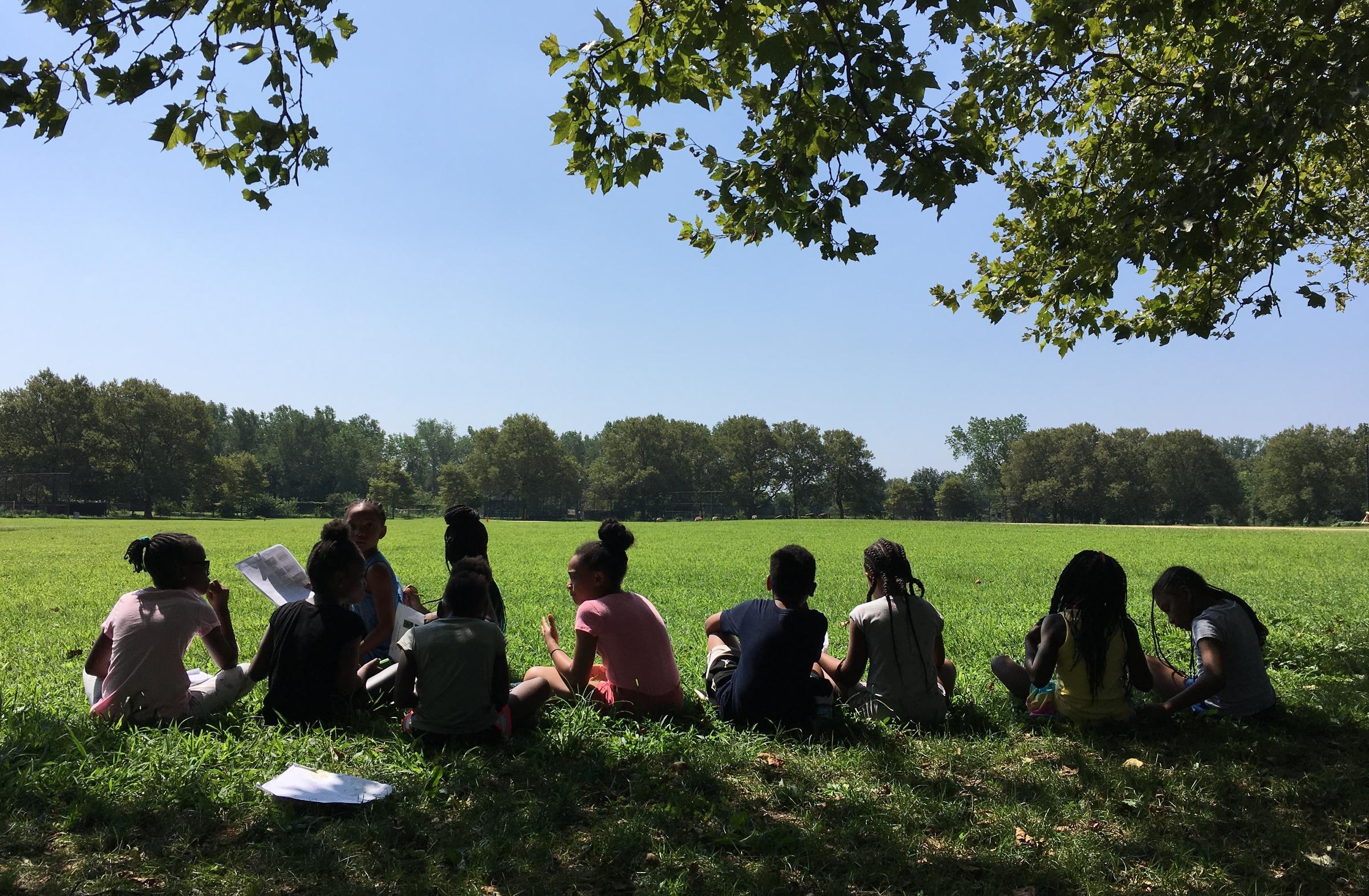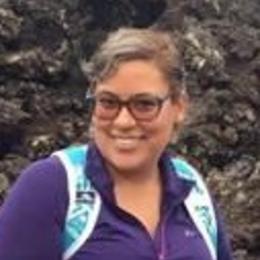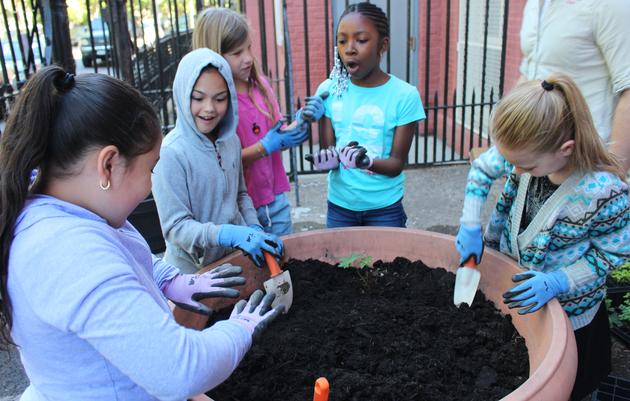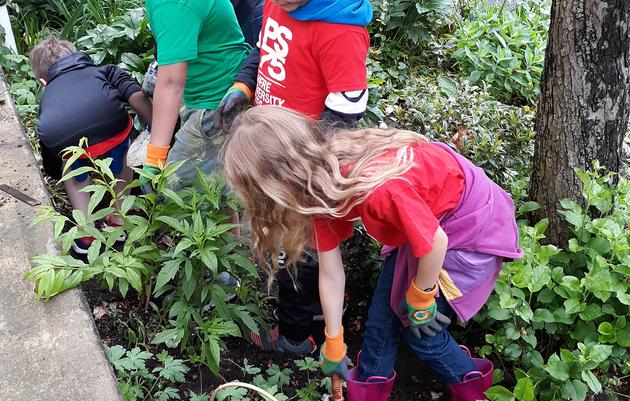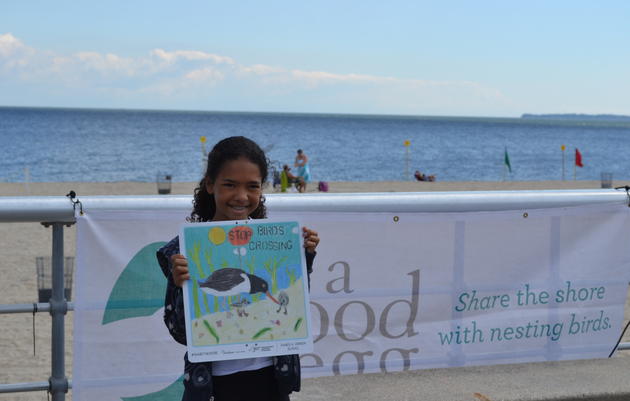I just had one of the best weeks of my life. I was fortunate enough to receive a diversity scholarship for Hog Island’s Sharing Nature: An Educator's Week. I went into this week with the same concerns I have whenever I am about to enter a space devoted to the outdoors and environmental education – will I feel comfortable in this space, will I be the only person of color here?
Diversity in environmental education can be hard to find. It is a field that has been predominantly white for a long time. This phenomenon was not lost on us and I was fortunate enough to be part of many conversations in which we attempted to dissect the systematic roots of this issue.
To my surprise I arrived at the island and found a diverse group of people. I was surrounded by folks who shared the same passions as me and who looked like me. Being able to share my experiences as an educator, conservationist and birder with people who could relate came as a comfort. It made me think about my students’ experiences: It is one thing to open a book and read about diversity in STEM, it is another to be in the same room with people who are doing the work.
My first day on the island I was disappointed to hear that we would have programming that first night (not because I wasn’t excited to dive in but because I had spent eight hours on the road and was ready to sleep!)
I quickly changed my tune upon hearing that our speaker would be Stephen Kress, who spoke about bringing Atlantic Puffin hatchlings from Canada to Maine in order to repopulate the island. Derrick Jackson, African American award-winning photographer and co-author of the Project Puffin book also spoke about the impact that environmental education can have on at-risk youth. Derrick moved me to tears with stories of students who came back to thank him for taking them camping and showing them how much they could accomplish. He is where he is today because a teacher took a chance and sent him to photograph a professional basketball game.
“Pretend I Haven’t Seen That Bird”
By 6 a.m. on day one, I had my second transformative experience. On a bird walk, we learned how to help students think like a birder, using prompts like “Pretend I haven’t seen that bird.” I used this on my first bird walk after getting back and immediately got the results I wanted: “It’s black! It has color on its side! It’s on the ground! It’s looking for food!” shouted my 4th grade students, excited to see a European Starling in Central Park.
Overall, the experience gave me an incredible toolkit of educational activities and resources that resonate with the students I teach – like the Native Land phone app, which locates where you are and tells you the indigenous history of the area. It not only gives you resources to learn more about the tribes to whom the land once belonged, it links you to the tribe’s official page. We often talk about Native people as a thing of the past, the stuff of legend, but the fact is that these communities still exist. Land-honoring ceremonies are becoming a common way to kick off conservation events. They serve as a reminder that this land was not always ours, and should be treated with respect and care.
The Cornell Lab of Ornithology's “Celebrate Urban Birds” program is another great resource I’m already utilizing/writing into my curriculum. Because For the Birds! is delivered in NYC, I work with students from a wide range of socio-economic backgrounds. Celebrate Urban Birds is a community science project that involves monitoring urban birds and submitting the data. Most importantly, the materials can be found in a few languages. This particular tool is great for educators working with English language learners, because it’s more accessible.
Re-Defining The Meaning of “Outdoorsy”
I went to Hog Island hoping to become a better birder and a better educator, and I think I succeeded. Not because I can ID new birds or because I learned new activities (I did and they are great), but because my approach to both has changed.
Across the board, I am doing more to expand the definition of “outdoorsy” to apply to a wider variety of experiences, and make outdoor experiences easier to access. Our students in the Bronx are shamed for their plastic use, for instance, but suffer high levels of asthma due to a lifetime spent breathing some of the most polluted air in the country. Air pollution that is the result of waste treatment plants in their neighborhoods and the trucks full of fresh produce that drive by every day on their way to more affluent neighborhoods.
Plastic-free and farm-to-table campaigns may not resonate with them, but preserving the few precious outdoor and green spaces left in their urban areas might. So, my colleagues and I created a new worksheet to give out, which has room for them to sketch and describe what they see, feel, and hear around them, and finally, what they wonder. The goal is to have our students more aware of their surroundings, especially the green/outdoor spaces in their community, whether it be their school yard, a community garden or a local park.
A majority of the students I work with do not look like the people that come to mind when one conjures the image of a “birder” or someone who is “outdoorsy,” but they are capable of being those things. We need to redefine what these words mean to us, and open our conversations about conservation, the environment, and sustainability to include multiple experiences. Sustainability is not actually sustainable if doesn’t include everyone. It’s up to us to get proactive, and ensure the future of environmental education is diverse and inclusive.
The author, Yamina Nater-Otero, is a NYC-based educator with Audubon’s “For the Birds!” program. She helps bring the natural world to life for elementary school students across the five boroughs.

